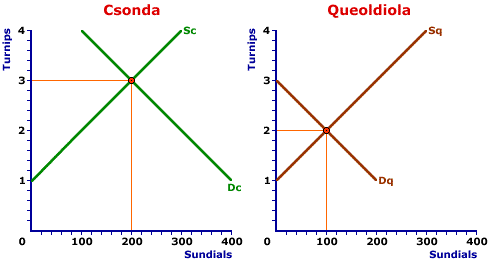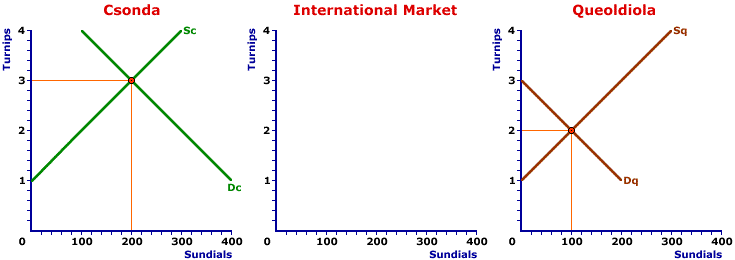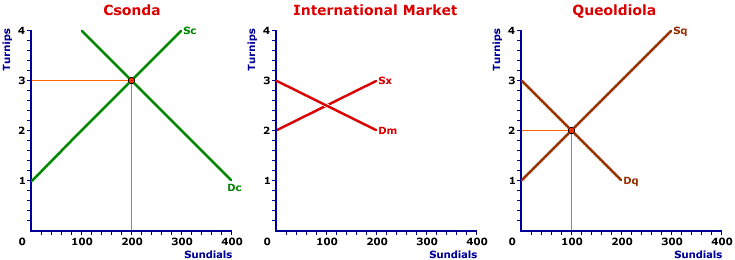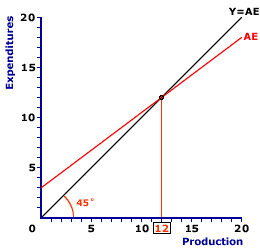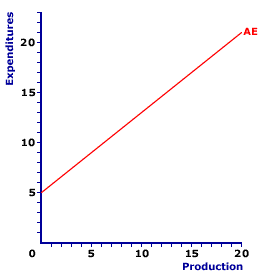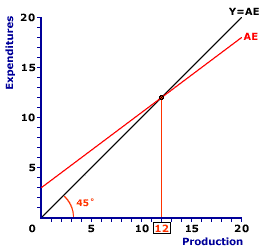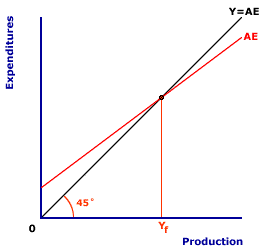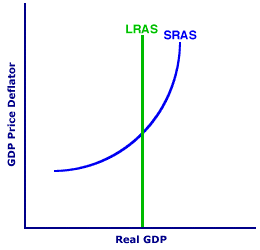INTERNATIONAL FINANCE:
The study of the flow of monetary payments and the exchange of currencies among nations undertaken as a necessary complement to the international trading of goods and services. The exchange of currencies takes place through the foreign exchange market, which determines the foreign exchange rate, or exchange rate or one currency for another. The balance of payments documents the flow of currency payments into and out of a given country. A related area of study is international trade, both of which are part of the broader study of international economics.International finance is concerned with the "paper" or financial side of the global economy. Whereas international trade is the study of the flow of physical goods and services among nations, international finance is the study of the corresponding monetary flow used to pay for the physical trade. Goods and services flow in one direction and monetary payments flow in the other.
The flow of monetary payments associated with international trade is an important part of international finance, but only part. International finance is a comprehensive study of all monetary payments among countries, including capital investment and transfer payments. This is captured by an accounting tabulation termed the balance of payments.
The cornerstone of international finance is the exchange of currencies through what is termed the foreign exchange market. Because each nation has its own domestic currency the flow of monetary payments among nations requires the exchange of domestic currencies used by the nations. The purchase of a Japanese automobile in the United States, for example, requires the exchange of U.S. dollars for Japanese yen.
International Trade
The study of international finance is intertwined with the study of international trade. International trade is the flow of goods and services among nations. Goods and services produced in one country are purchased by citizens of another country.
From the perspective of the domestic sector of a given nation, international trade is also termed foreign trade. Exports are sold by domestic producers to buyers in the foreign sector and imports are purchased by domestic buyers from producers in the foreign sector. The difference between exports and imports is termed net exports.
Net exports, once again from the perspective of the domestic sector of a nation, are also tabulated as the balance of trade. The balance of trade is in surplus if net exports are positive and exports exceed imports. Alternatively, the balance of trade is in deficit if net exports are negative and imports exceed exports.
The guiding principle for international trade is the law of comparative advantage. This law states that every nation has a production activity that incurs a lower opportunity cost than that of another nation, which means that trade between the two nations can be beneficial to both if each specializes in the production of a good with lower relative opportunity cost.
International trade, as such, generates gains to both buyers and sellers in the form of consumer surplus and producer surplus, comparable to any market exchange. The key difference is that buyers and sellers are citizens of different countries. However, because buyers and sellers reside in different countries, which use different domestic currencies, a corresponding exchange of currencies is also required.
The Foreign Exchange Market
Trade among nations necessitates the exchange of one currency for another. Because each nation uses its own domestic currency, the monetary payment flow in exchange for the physical flow of goods and services requires the exchange of currencies.
Once again, from the view of the domestic sector of a given nation, any currency used by any nation in the foreign sector is commonly termed foreign exchange. The trading of domestic currency for foreign exchange then transpires through the foreign exchange market. The price of one currency in terms of another currency is then termed the foreign exchange rate, or alternatively the exchange rate.
| Foreign Exchange Market |
|---|
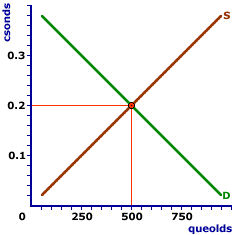 |
The exhibit to the right illustrates a foreign exchange market for two hypothetical currencies used in two hypothetical countries -- the Republic of Northwest Queoldiola and the United Provinces of Csonda. This foreign exchange market trades queolds (the national currency of Northwest Queoldiola) and csonds (the national currency of Csonda).
This particular foreign exchange market measures queolds on the horizontal "quantity" axis and csonds on the vertical "price" axis. With this particular formulation, the focus of the exchange is on queolds. The price at which queolds are bought at sold is then specified in terms of csonds (or csonds per queold).
For a bit of insight into how the foreign exchange market works, let's a look at the demand curve and supply curve of this market.
- Demand Curve: The demand curve in this exhibit, labeled D, is the demand for those seeking to purchase queolds. Like other demand curves, this one is negatively sloped. If the price of queolds declines, then buyers are willing to purchase a larger quantity. Queold buyers include non-Queoldiolans seeking to export Queoldiolan goods and invest in Queoldiolan financial or physical capital assets. It also includes financial speculators hoping for a rise in the price of queolds.
- Supply Curve: The supply curve in this exhibit, labeled S, is the supply for those seeking to sell queolds. Like other supply curves, this one is positively sloped. If the price of queolds rises, then sellers are willing to sell a larger quantity. Sellers of queolds include Queoldiolans importing Csondan goods and investing in Csondan financial or physical capital assets. It also includes financial speculators who are selling queolds after a rise in the price.
The foreign exchange market for queolds, in this exhibit, is also the foreign exchange market for csonds. When buyers demand queolds, they also supply csonds. When sellers supply queolds, they also demand csonds. When csonds are exchanged for queolds, then queolds are also exchanged for csonds.
Like any market, the foreign exchange market achieves equilibrium at the intersection of the demand and supply curves. In this exhibit, The equilibrium price is 0.2 csonds per queold and the equilibrium quantity is 500 queolds. The equilibrium price is the currency exchange rate between queolds and csonds. An exchange rate of 0.2 csonds per queold also implies an exchange rate of 5 queolds per csond.
The equilibrium quantity of 500 queolds, taken in conjunction with the equilibrium exchange rate, means that 500 queolds are exchanged for 100 csonds at a rate of 5 queolds to 1 csond.
The Balance of Payments
The balance of payments is the difference between all payments coming into a nation and those going out of the nation. It is the balance of international monetary transactions for a nation. The balance of payments is based in large part on the balance of trade but includes more than just international trade.
The balance of payments is effectively the difference between the funds received by a country and those paid by a country for all international transactions. These international transactions include: (1) the exchange of merchandise (exports and imports), which is the balance on merchandise trade, plus (2) the exchange of services, summarized as thebalance on services, as well as (3) any gifts or transfer payments that do not involve the exchange of goods and services.
The balance of payments is divided into two accounts -- current account(which includes payments for imports, exports, services, and transfers) and capital account (which includes payments for physical and financial assets).
An interesting aspect of the balance of payments is that, in theory, the current account and capital account balance out to zero. In practice, measurement errors prevent an absolute balance.
Measurement problems notwithstanding, the "balancing" of the balance of payments has an important implication. If the current account has a deficit, then the capital account has a matching surplus. Or if the current account has a surplus then the capital account as a matching deficit.
Exchange Rate Policies
Key international finance policies are used by governments around the globe to affect the foreign exchange market and currency exchange rates. The goal of such policies is usually to affect exports and imports. Three particular policy foreign exchange options are flexible exchange rate, fixed exchange rate, and managed flexible exchange rate.- Flexible Exchange Rate: A flexible exchange rate, also termed floating exchange rate, is an exchange rate determined through the unrestricted interaction of supply and demand in the foreign exchange market.
- Fixed Exchange Rate: A fixed exchange rate is an exchange rate that is established at a specific level and maintained through government actions (usually through monetary policy actions of a central bank).
- Managed Flexible Exchange Rate: A managed flexible exchange rate, or managed float, is an exchange rate that is generally allowed to adjust due to the interaction of supply and demand in the foreign exchange market, but with occasional intervention by government.

